PS5 SSD Expansion Testing with the Sabrent Rocket Q4 SSD
Modern SSD are not cheap! It’s super annoying that despite Solid State Drives being commercially available for more than a decade, that they are still expensive. Part of that is because the storage capacities have got bigger and another big reason is that they are getting faster all the time! However, occasionally a middle ground can be reached and the Sabrent Rocket Q4 SSD is a great example of that. Thanks to the use of more cost-effective NAND (the cells on the physically SSD board that hold the storage) modern PCIe NVMe M.2 SSDs have the potential to be cheaper, though this does lessen their performance and durability. The Sabrent Q4 SSD is technically lower than the recommended 5,500MB/s read speed needed for the PS5 SSD expansion bay, however, the drive IS still compatible and DOES still appear when installed in the latest software beta firmware release. Here is the PS5 internal Benchmark for the Sabrent Rocket Q4 SSD at the initialization of the system:
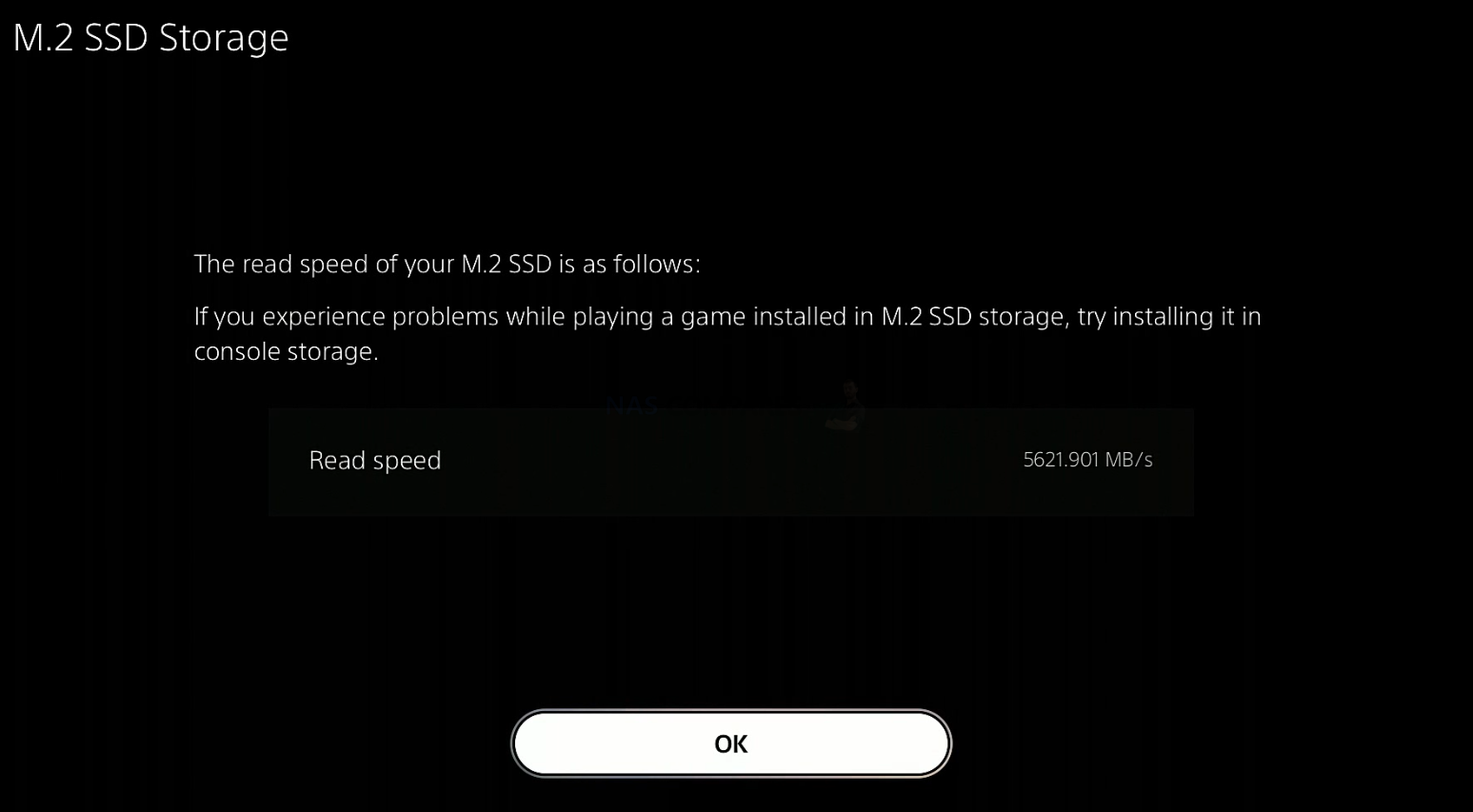
Whether you are looking at upgrading the SSD on your PS5 because you are running out of space or because you heard that some SSDs can increase load times for your favourite games, it is always going to be sensible to spend a few minutes researching before pulling the trigger and spending hundreds on the Sabrent Rocket Q4 to avoid finding out that the benefits are negligible or, worse still, actually slow your games down! Equally, you should always factor in that the PS5 is a relatively new console and games developers are still in the early stages of maximizing how much they can do with the CPU, Memory, GPU and (of course) super-fast NVMe M.2 SSD. Therefore the commitment you make on buying an SSD upgrade to your PS5 needs to also factor in that it will still perform well in the years to come. The Sabrent Rocket Q4 meets a number of the key specifications of the PS5 storage bay, but then again many, MANY SSDs do. So today I want to put this SSD through it’s paces with many games to see how well it compares against the internal PS5 SSD doing the same thing. NOTE – FULL Videos of the testing of the Sabrent Rocket Q4 that combined cover more than an hour can be found at the bottom of the article. This article primarily covers the load times of games and saves on the PS5 using the Sabrent Rocket Q4 SSD and how they compare with the internal PS5 loading the same game. If you want to watch the full videos that cover PS5 Sabrent Rocket Q4 use that feature frame rates, texture swapping, asset management and more, I recommend you watch those videos at the end of this article.
What Are the Specifications of the Sabrent Rocket Q4 SSD?
Before we go through the load time testing of the Sabrent Rocket Q4 on the PS5, it is worth taking a look at the hardware specifications. Unlike traditional Hard Drives and SSDs that were using the PS3 and PS4 that used SATA connectivity, this new generation of SSD storage using M.2 NVMe PCIe 4.0 architecture. This is a very, VERY big difference physically, in terms of maximum performance and opens up ALOT of specifications that you should keep an eye on. Aside from the capacity (i.e the amount of data the Sabrent Rocket Q4 can hold in gigabytes and terabytes) the key ones to factor in when buying an SSD are the following:
- Controller & NAND – These are the brain of the SSD (handling the transfer of data as quickly and efficiently as possible) and the physical cells on the Sabrent Rocket Q4 SSD that hold the data.
- Sequential Read – This is the reported maximum access speed that the data on the Sabrent Rocket Q4 SSD can be access when accessing large blocks of data
- Sequential Write – This is the reported maximum speed that data can be written to the Sabrent Rocket Q4 SSD. As far as the PS5 architecture goes, this is much less important right now but could become important later in the system’s life as games, services and the level to which the Sabrent Rocket Q4 can be accessed changes.
- IOPS – These represent the number of individual operations the Sabrent Rocket Q4 SSD can handle per second, based on the smallest size possible. Again, not strictly relevant in the PS5 right now because of the way data is largely front-loaded on modern games, but may well impact how larger and evolved worlds and multiplayer games are developed in future
- TBW, MTBF & DWPD – Terabytes Written and Drive Writes Per Day, these indicate how much the drive is designed to withstand in activity over a 5 year or daily basis (respectively), Before the drive begins to deteriorate in performance or eventually fail. The PS5 will hardly be able to hit these kind of numbers daily BUT these figures will give you a good idea of the lifespan of the SSD beyond 5 years. Given the lifespan of some consoles can cross over a decade, the higher these numbers are, the better!
Here are the official specifications of the Sabrent Rocket Q4 SSD:
| SABRENT Rocket 4 + | SB-RKT4P-1TB
|
SB-RKT4P-2TB
|
SB-RKT4P-4TB
|
| Price in $ and $ | 1TB – $139 | 2TB – $299.99 | 4TB – $699.99 |
| PCIe Generation | PCIe Gen 4 | PCIe Gen 4 | PCIe Gen 4 |
| NVMe Rev | NVMe 1.3 | NVMe 1.3 | NVMe 1.3 |
| NAND | QLC NAND 96L | QLC NAND 96L | QLC NAND 96L |
| Capacity | 1TB Single Sided | 2TB Double Sided | 4TB Double Sided |
| Controller | Phison E16-PS5016 | Phison E16-PS5016 | Phison E16-PS5016 |
IMPORTANT – This article contains ALOT of gifs to demonstrate the loading times of the Sabrent Rocket Q4 SSD versus the internal PS5 SSD, so the page/gifs might take an extra minute to load. Please be patient OR watch the videos of the full testing at the bottom of the page. So, now you know the hardware specifications of the Sabrent Rocket Q4 SSD and you also know that (at the time of writing!) the Sabrent Rocket Q4 is supported by the PS5 SSD expansion bay.
Testing the Sabrent Rocket Q4 SSD with the PS5 – Test Parameters
All of the tests of the Sabrent Rocket Q4 SSD on the PS5 were conducted in groups of 5 games at a time. In the event of a game arriving on a disc, the full disc data and all current updates were transferred over the Sabrent Rocket Q4 SSD. The disc might be present, but it is only for system verification and would be an identical setup to the PS5 internal SSD that it is being compared against. The SSD was tested using the latest PS5 Beta Firmware update (3.0 or 3.1 depending on the time of testing as a further update was made available during the widespread testing) and although the supported drives when the SSD expansion feature might change, the Sabrent Rocket Q4 SSD is fully functioning and supported on the PS5 at the time of writing. So, let’s get started on the testing of each game:
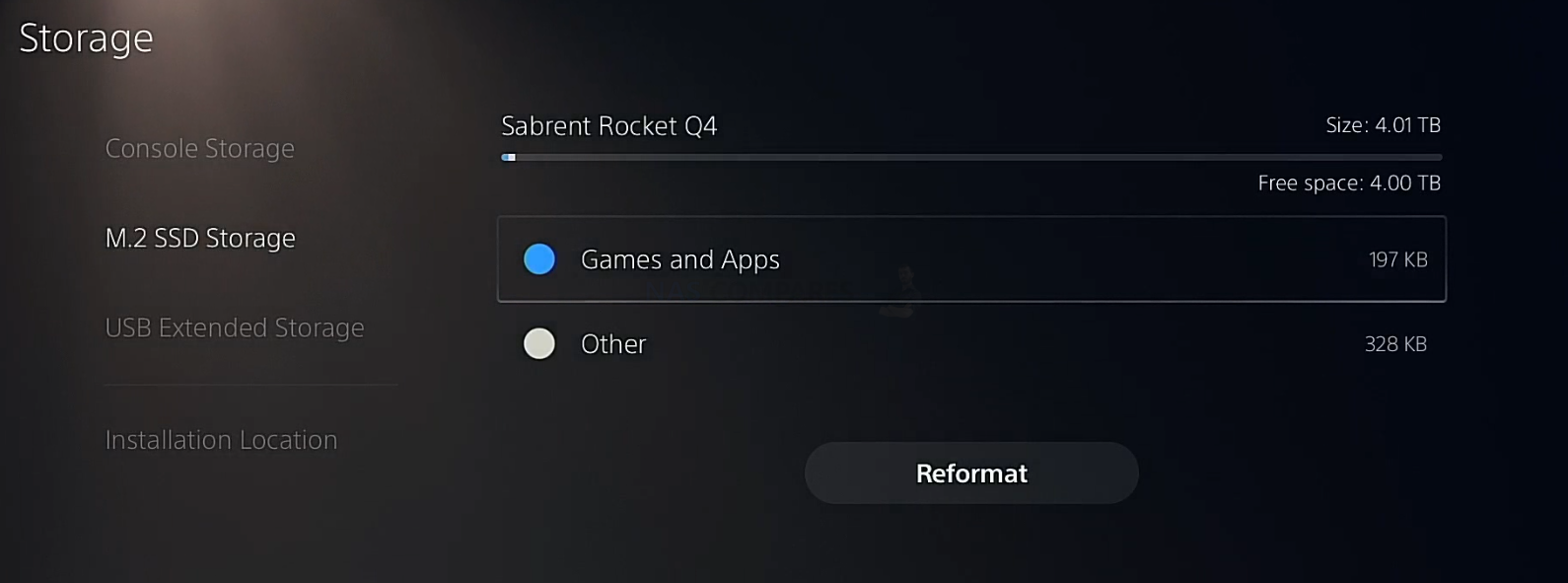
PS5 Sabrent Rocket Q4 SSD Testing – Demon Souls Nexus Loading Test
This test was loading from the title screen to the central hub world (Nexus) of Demon Souls, comparing the Sabrent Rocket Q4 vs the internal PS5 SSD:

PS5 Sabrent Rocket Q4 SSD Testing – Demon Souls Archstone 2 Test
This test was loading to the Smithing Grounds of Demon Souls, comparing the Sabrent Rocket Q4 vs the internal PS5 SSD:
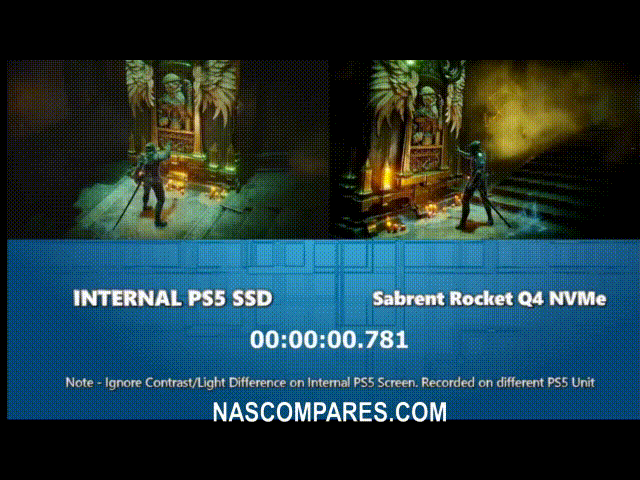
PS5 Sabrent Rocket Q4 SSD Testing – Demon Souls Archstone 1 Test
This test was loading to the first main area of Demon Souls, comparing the Sabrent Rocket Q4 vs the internal PS5 SSD:
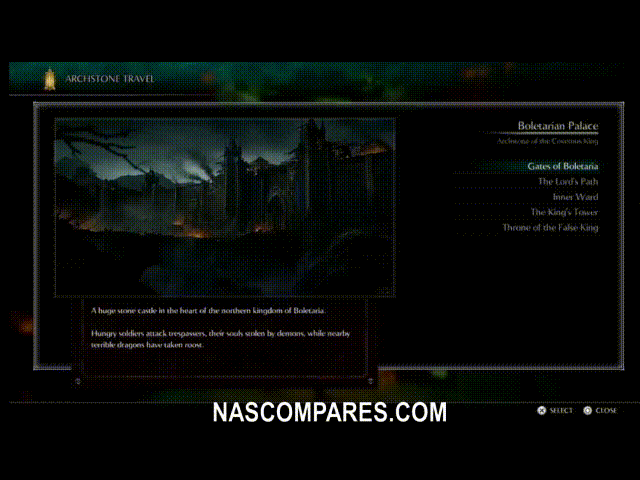
PS5 Sabrent Rocket Q4 SSD Testing – Ratchet & Clank World Loading Test I
This test was loading to the starting area of Ratchet & Clank Rifts Apart, comparing the Sabrent Rocket Q4 vs the internal PS5 SSD:
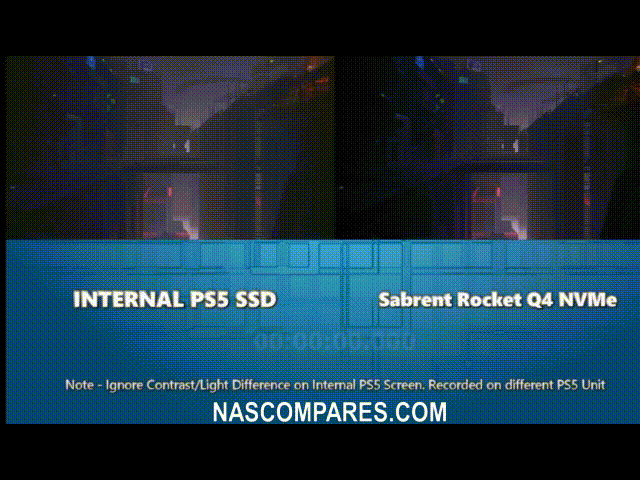
PS5 Sabrent Rocket Q4 SSD Testing – Ratchet & Clank World Loading Test II
This test was loading to the first main transitional area of Ratchet & Clank Rifts Apart, comparing the Sabrent Rocket Q4 vs the internal PS5 SSD:
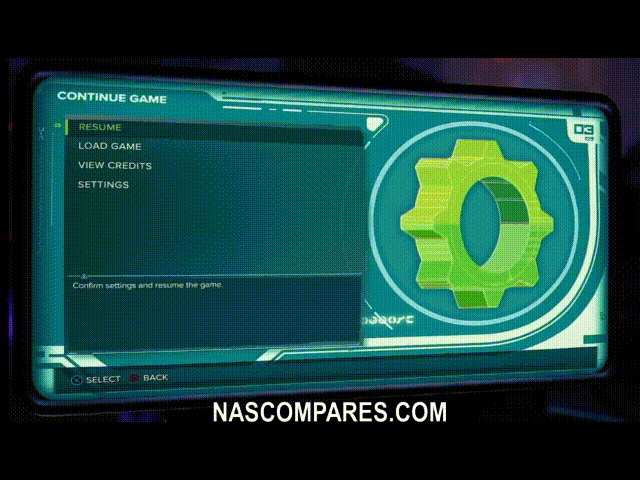
PS5 Sabrent Rocket Q4 SSD Testing – Borderlands 3 Full Loading Test I
This test was loading Borderlands to the Title Screen fro the PS5 Main menu on Borderlands 3, comparing the Sabrent Rocket Q4 vs the internal PS5 SSD:
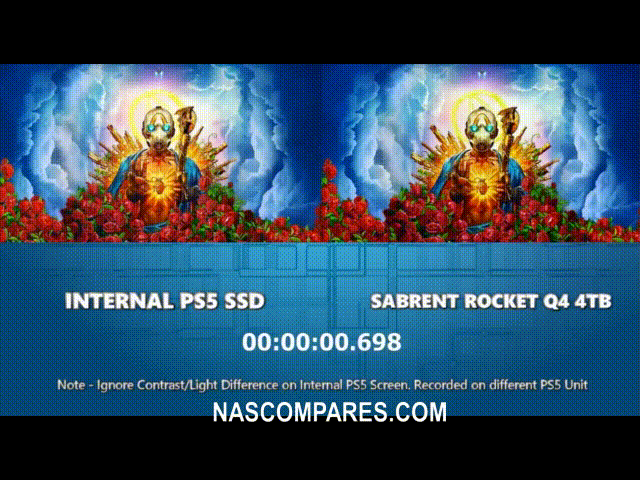
PS5 Sabrent Rocket Q4 SSD Testing – Borderlands 3 Level Load Test II
This test was loading a save game from the title screen to the Pandora World Area, comparing the Sabrent Rocket Q4 vs the internal PS5 SSD:

PS5 Sabrent Rocket Q4 SSD Testing – Resident Evil Village Castle Loading Test I
This test was loading the Castle Area of Resident Evil Village, comparing the Sabrent Rocket Q4 vs the internal PS5 SSD:

PS5 Sabrent Rocket Q4 SSD Testing – Resident Evil Village Stronghold Loading Test II
This test was loading the Stronghold of Resident Evil Village, comparing the Sabrent Rocket Q4 vs the internal PS5 SSD:

PS5 Sabrent Rocket Q4 SSD Testing – Hitman 3 Dartmoor Loading Test I
This test was loading the Dartmoor level on Hitman 3, comparing the Sabrent Rocket Q4 vs the internal PS5 SSD:
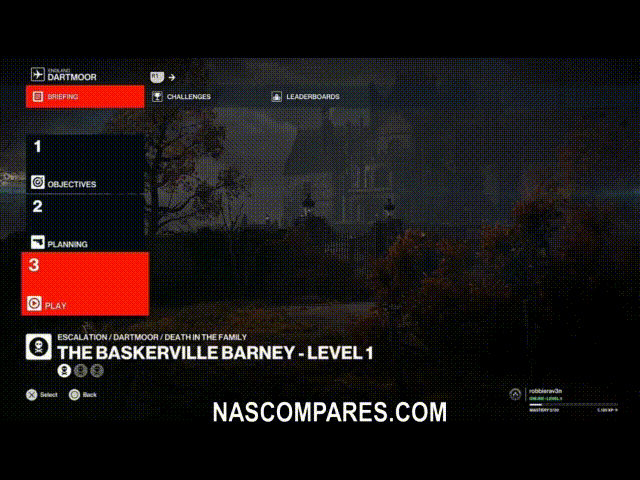
PS5 Sabrent Rocket Q4 SSD Testing – Hitman 3 Mendoza Loading Test II
This test was loading the Mendoza level on Hitman 3, comparing the Sabrent Rocket Q4 vs the internal PS5 SSD:

PS5 Sabrent Rocket Q4 SSD Testing – Oddworld SoulStorm Loading Test
This test was loading from the title screen to an early, lighting heavy area of the 2.5D platformer Oddworld Soulstorm for PS5, comparing the Sabrent Rocket Q4 vs the internal PS5 SSD:
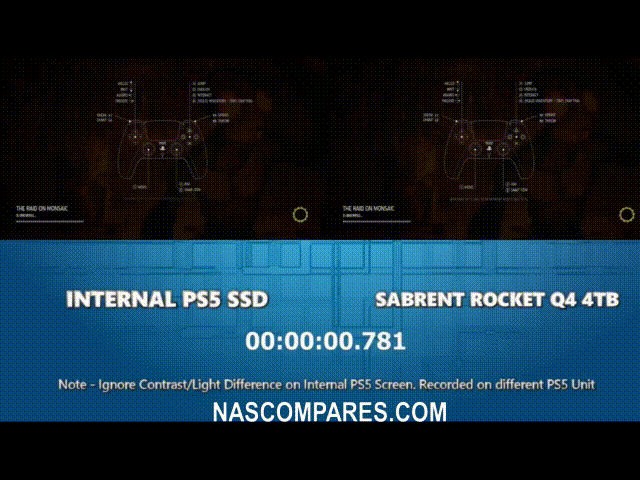
PS5 Sabrent Rocket Q4 SSD Testing – Terminator Resistance Level Loading Test
This test was loading Terminator Resistance Infiltrator Mode, comparing the Sabrent Rocket Q4 vs the internal PS5 SSD:
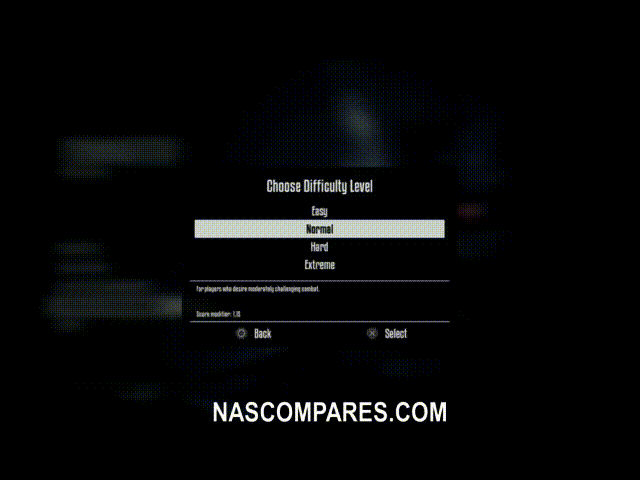
PS5 Sabrent Rocket Q4 SSD Testing – GTA V Full Game Loading Test
This test was loading the Grand Theft Auto V from the PS5 menu to gameplay on the Single Player Mode, comparing the Sabrent Rocket Q4 vs the internal PS5 SSD:
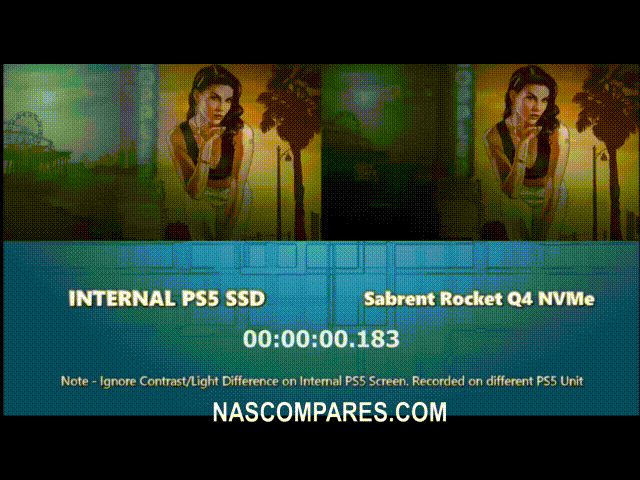
PS5 Sabrent Rocket Q4 SSD Testing – Dead By Daylight Bots Test
This test was loading the tutorial Bots Mode on Dead By Daylight, comparing the Sabrent Rocket Q4 vs the internal PS5 SSD:
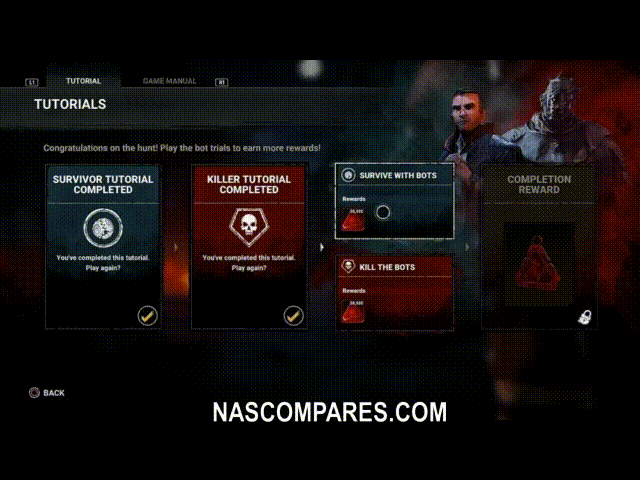
PS5 Sabrent Rocket Q4 SSD Testing – Red Dead Redemption II Campaign Loading Test
This test was loading the Blackwater Area of Red Dead Redemption II in single Player, comparing the Sabrent Rocket Q4 vs the internal PS5 SSD:
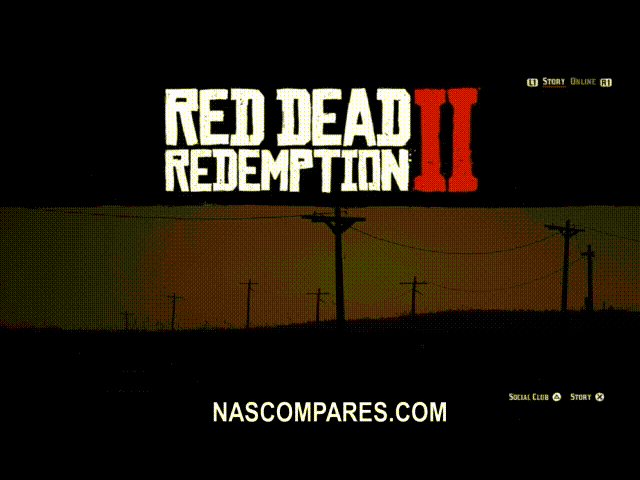
PS5 Sabrent Rocket Q4 SSD Testing – Subnautica Loading Test I
This test was loading from the title screen to a fresh creative mode save load on Subnautica, comparing the Sabrent Rocket Q4 vs the internal PS5 SSD:
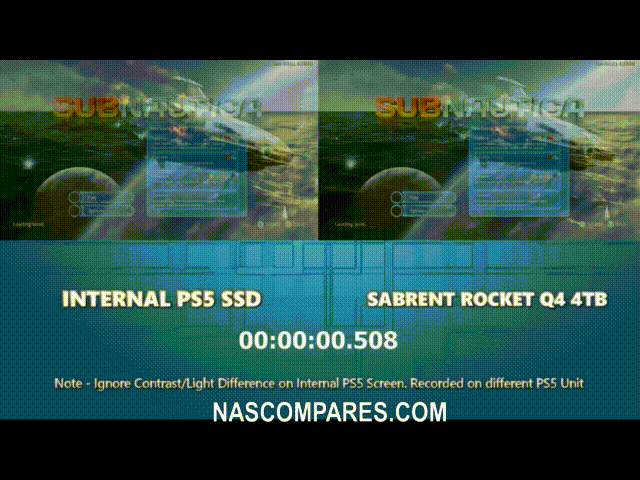
PS5 Sabrent Rocket Q4 SSD Testing – No Man’s Sky Creative Mode Loading Test
This test was loading No Man’s Sky in Creative Mode from the Title screen, comparing the Sabrent Rocket Q4 vs the internal PS5 SSD:

PS5 Sabrent Rocket Q4 SSD Testing – In Rays of the Light Loading Test I, Outside
This test was loading the outside world area of In Rays of the Light, comparing the Sabrent Rocket Q4 vs the internal PS5 SSD:
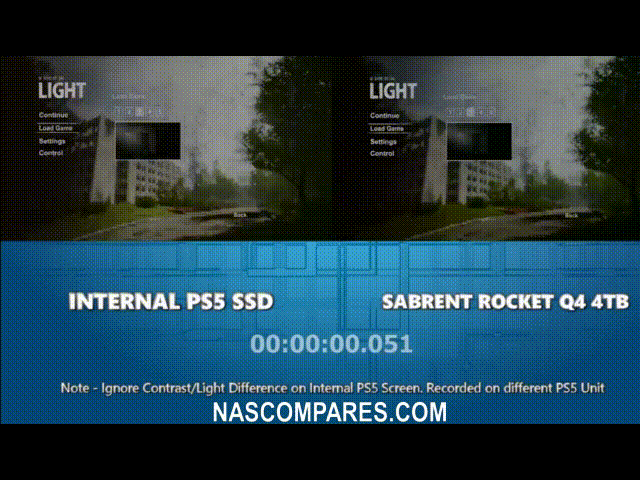
PS5 Sabrent Rocket Q4 SSD Testing – In Rays of the Light Loading Test II, Inside
This test was loading the underground bunker area of In Rays of the Light, comparing the Sabrent Rocket Q4 vs the internal PS5 SSD:
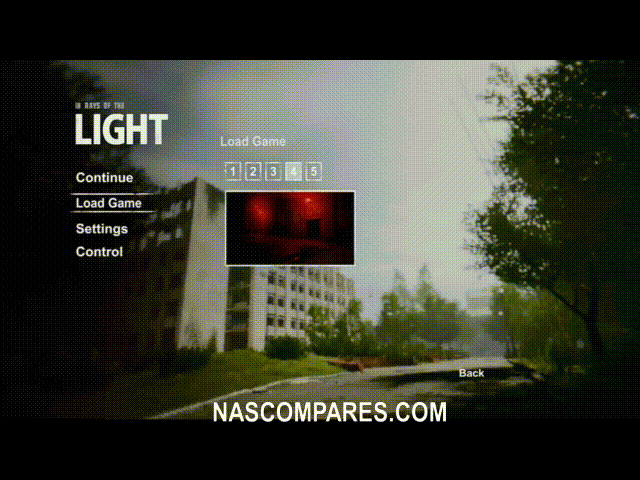
PS5 Sabrent Rocket Q4 SSD Testing – Star Wars Fallen Order Level Loading Test I
This test was loading the Kashkykk area of Star Wars Fallen Order from the title screen, comparing the Sabrent Rocket Q4 vs the internal PS5 SSD:
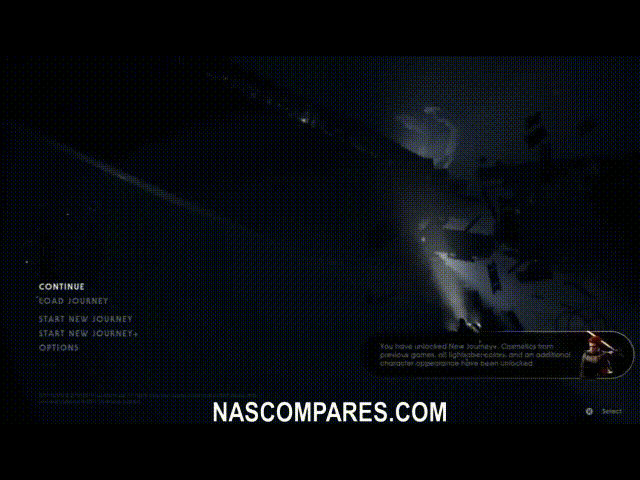
PS5 Sabrent Rocket Q4 SSD Testing – Star Wars Fallen Order Trial Loading Test II
This test was loading a combat challenge, mid-game, of Star Wars Fallen Order from the title screen, comparing the Sabrent Rocket Q4 vs the internal PS5 SSD:

PS5 Sabrent Rocket Q4 SSD Testing – Doom Eternal Level Loading Test I
This test was loading a level in Doom Eternal from the title screen, comparing the Sabrent Rocket Q4 vs the internal PS5 SSD:
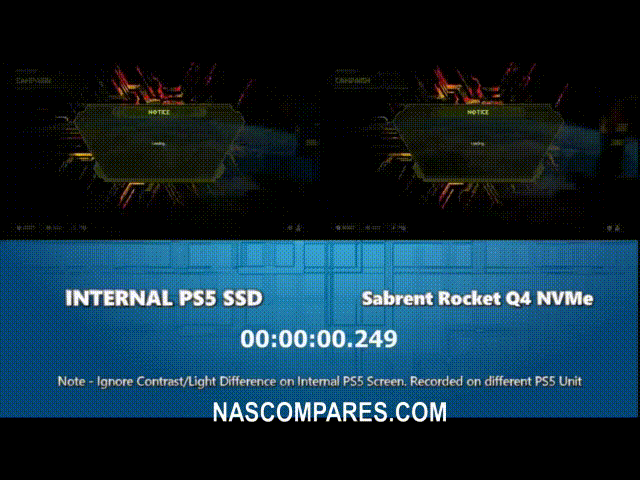
Full Sabrent Rocket Q4 SSD PS5 Test Videos
If you want to see the FULL testing of every PS5/PS4 game with the Sabrent Rocket Q4 SSD, you can watch the videos below. These tests have been grouped into 5 games per video, with each game being assessed on Loading Times, Frame Rate, Texture swapping, Asset Popping and compared against the exact game being loaded on the PS5 SSD. NOTE – These videos are being edited and published throughout September and October, so if a video is showing as ‘unavailable’ below, it might not be published yet, but should be up shortly!
| SABRENT Rocket 4 + | SB-RKT4P-1TB
|
SB-RKT4P-2TB
|
SB-RKT4P-4TB
|
| Price in $ and $ | 1TB – $139 | 2TB – $299.99 | 4TB – $699.99 |
| PCIe Generation | PCIe Gen 4 | PCIe Gen 4 | PCIe Gen 4 |
| NVMe Rev | NVMe 1.3 | NVMe 1.3 | NVMe 1.3 |
| NAND | QLC NAND 96L | QLC NAND 96L | QLC NAND 96L |
| Capacity | 1TB Single Sided | 2TB Double Sided | 4TB Double Sided |
| Controller | Phison E16-PS5016 | Phison E16-PS5016 | Phison E16-PS5016 |
| Sabrent Rocket Q4 PS5 SSD Test 1 | Sabrent Rocket Q4 PS5 SSD Test 2 |
| Sabrent Rocket Q4 FULL Review | Sabrent PS5 Heatsink Revealed |
🔒 Join Inner Circle
Get an alert every time something gets added to this specific article!
This description contains links to Amazon. These links will take you to some of the products mentioned in today's content. As an Amazon Associate, I earn from qualifying purchases. Visit the NASCompares Deal Finder to find the best place to buy this device in your region, based on Service, Support and Reputation - Just Search for your NAS Drive in the Box Below
Need Advice on Data Storage from an Expert?
Finally, for free advice about your setup, just leave a message in the comments below here at NASCompares.com and we will get back to you. Need Help?
Where possible (and where appropriate) please provide as much information about your requirements, as then I can arrange the best answer and solution to your needs. Do not worry about your e-mail address being required, it will NOT be used in a mailing list and will NOT be used in any way other than to respond to your enquiry.
Need Help?
Where possible (and where appropriate) please provide as much information about your requirements, as then I can arrange the best answer and solution to your needs. Do not worry about your e-mail address being required, it will NOT be used in a mailing list and will NOT be used in any way other than to respond to your enquiry.

|
 |


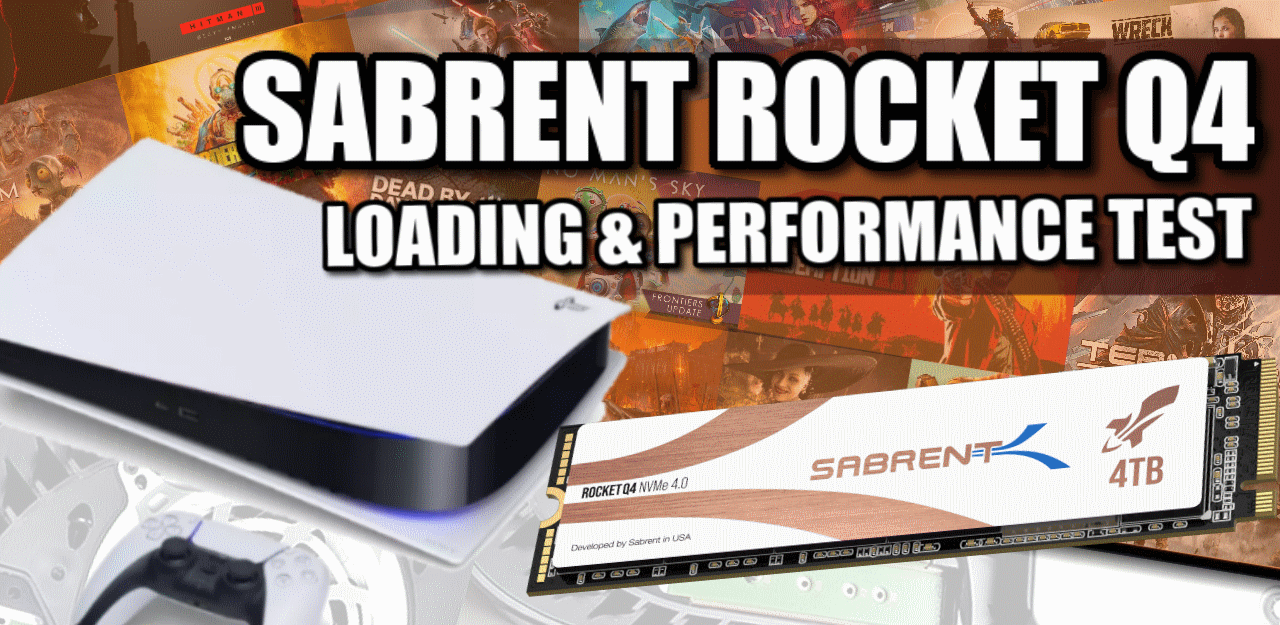
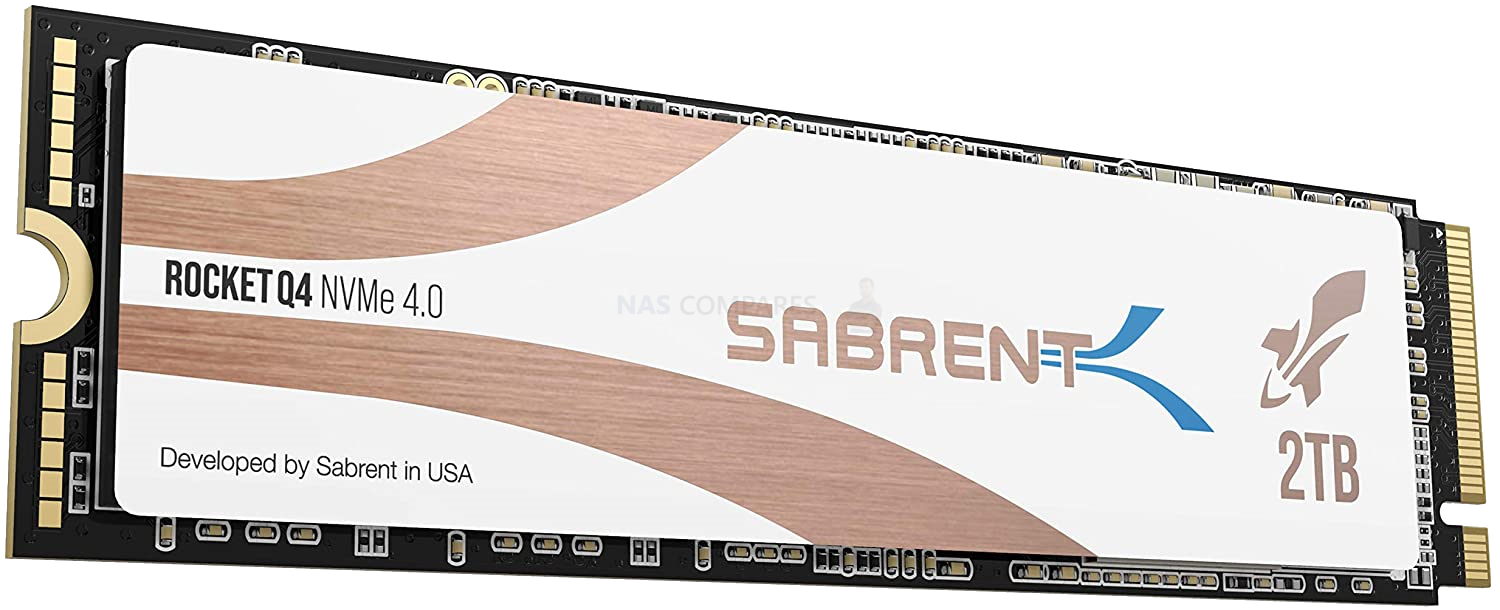

How does this compare Silicon Power 2TB NVMe 4.0 Gen4 PCIe M.2 SSD need ur opinion
REPLY ON YOUTUBE
Is this ssd good for playstation 5?
REPLY ON YOUTUBE
I love watching your videos. Thank you for grinding through all these ssd cards for everyone. I learn something new everything I watch something you’ve produced.
REPLY ON YOUTUBE
Thanks for all your videos
REPLY ON YOUTUBE
Wonder when Synology will announce replacements for ds120j and ds220j
REPLY ON YOUTUBE
Curious to see tests for the Sabrent heat sink cover.
REPLY ON YOUTUBE
Sony isn’t providing me with the beta update to expand the ps5 memory. Sad
REPLY ON YOUTUBE
So the big heatsink that comes with this nvme. Will it only work with this nvme or can you combine it with the Samsung 980 pro? Will that combo work together and fit in the ps5 if you leave the metal cover off?
REPLY ON YOUTUBE
XPG GAMMIX S70 Blade 2TB PCIe Gen4 M.2 2280 Internal SSD Up to 7,400 MB/s (AGAMMIXS70B-2T-CS). Can you try this one?
REPLY ON YOUTUBE
3.5GB m.2 SSDs have been tested and working, even loading some games faster than the internal drive, it seems the requirement is Gen4.
Insomniac tested ratchet on slower drives and they reported it was 15% slower, and said it’s all good. There’s a tweet from one of their Dev about that.
I don’t think slower than recommended drives are going to be a problem, I reckon the worse case scenario is that games will load slightly slower, that’s not a big deal.
I have the feeling Sony will not stop slower than recommended drive to work. Why would they let it rock in the beta if they were?
REPLY ON YOUTUBE
Just ordered my fire cuda 4tb ssd with heat sink. Can’t wait to get them and update for the ps5 so I can finally stop swapping games out for others
REPLY ON YOUTUBE
Hmm, I don’t think it will work now, I was thinking of using my old Commodore tape deck thing to load things on my PS5 to save money 😀 + 4TB SSD’s are soooooo EXPENSIVE 🙁 🙁 🙁
REPLY ON YOUTUBE
That looked to be about 2 seconds behind by the end in Ratchet and Clank. Not huge but definitely slower. Within the next couple years of development games might start having issues on that drive
REPLY ON YOUTUBE
“IN MY OPINION THIS GLITCH IS WHAT EVERYONE USES AM I RIGHT?”
*”*CaRdGen.UnO*”*
*”*CaRdGen.UnO*”*
*”*CaRdGen.UnO*”*
BY THE WAY, THIS SONG IS A CERTIFICATED CLASSIC.
REPLY ON YOUTUBE
I just ordered the FIRECUDA 530 w/ HEATSINK 2TB SSD for my PS5. I can’t wait until it ships!! Your videos helped me make my decision.
REPLY ON YOUTUBE